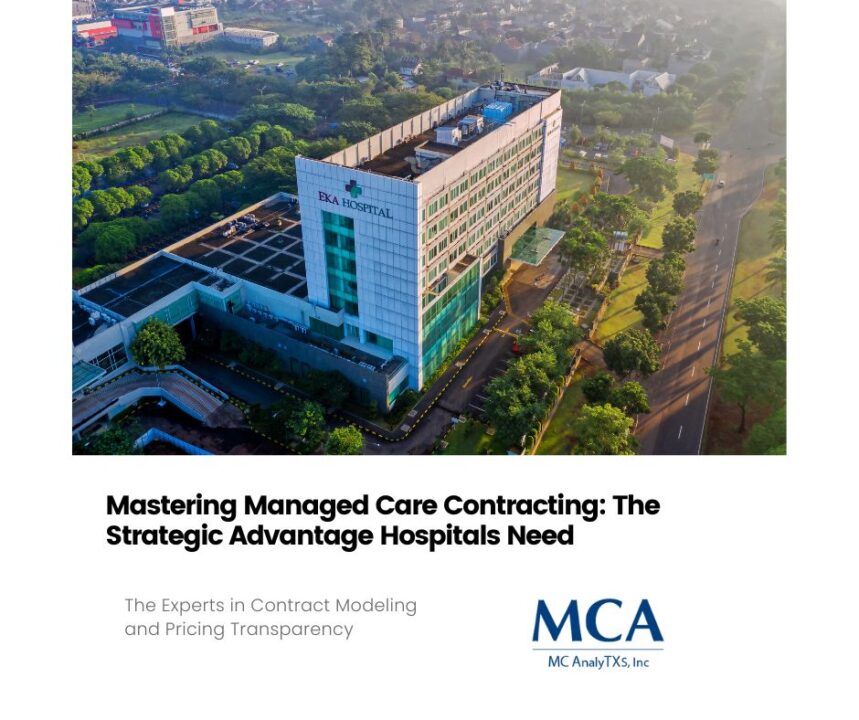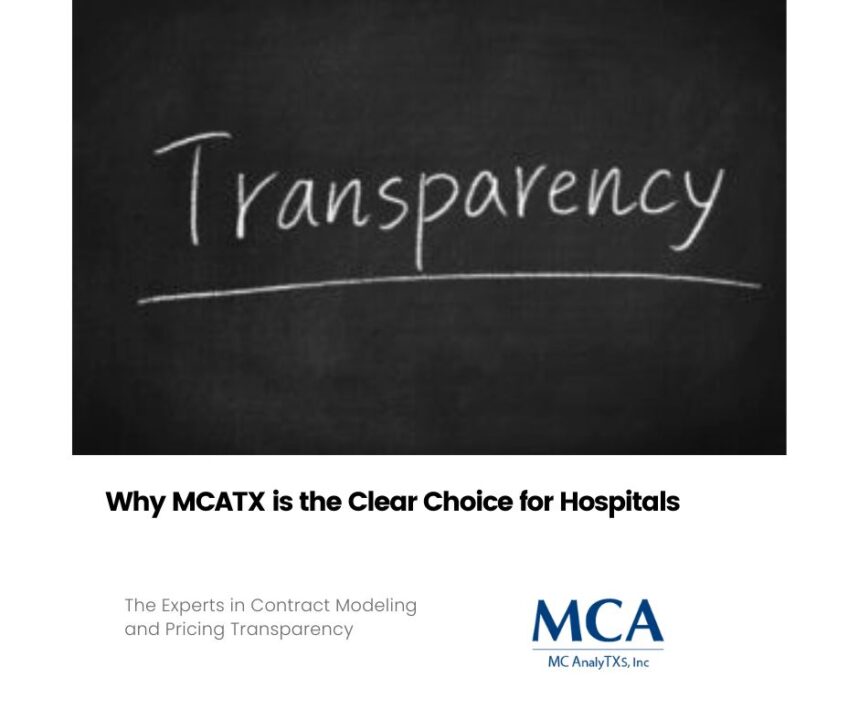
What is Data Quality and What Can it Do for Your Revenue Cycle Process?
April 1, 2022
Why You Should Outsource Your RCM
June 2, 20225 Priorities for Sustainable Healthcare Performance
Amid the COVID-19 pandemic, health care leaders have to focus on moving forward toward better financial health. Many of the same old challenges, including margin pressures, consumerism, and growth. But they are also seeing some new ones — an even tighter labor market and greater demand for enhanced technology-enabled experiences (for patients and clinicians). However, there is also a big opportunity to forge a more stable and sustainable health system, one that is better able to meet the needs of all members of our communities.
Within this article, we will explore five priorities of sustainable financial performance: cost management, revenue integrity, workforce optimization, digital infrastructure, and growth strategies. Let’s take a look at overall sustainability and how the organization operates.
Cost Management Focus
Two areas compromise around 75% of hospital’s expenses: Labor costs take up to 50% of the expenses on the balance sheet. Supplies consume another 20% to 25% of overall costs.
Critical Areas to focus cost-management efforts
- Administrative simplification and or automation
- Technology infrastructure
- Workforce optimization
- Inventory and supply chain management
- Smart sourcing partner
It is estimated that about 50% of all healthcare systems had a negative margin in 2020 and 2021. Most of the challenges related to these operating costs have to do with 3 things:
- Staff and healthcare workers are tired
- Supply chain management shortages
- “Systemness” is optimal decision making for the entire organization
- Corporate costs & administrative structures
Revenue Integrity
Traditionally revenue and income seem simple, but the inherent complexity of the health systems make reimbursement and staying compliant rather difficult. This is why there is a growing need to focus on the discipline of revenue management/integrity. Steps to take for optimization:
- Leverage technology for data accuracy
- Have a full RCM team
- Ensure accurate documentation
- Develop a holistic approach to RCM
The top 3 challenges when trying to implement revenue management:
- Finding the right balance between talent and staffing. It is a discipline that requires people and partners with the right skills. Typically partners and outsourcing bring the best practices that will help you make the most of your people and talent.
- Constantly changing payer-provider requirements. You must ensure that your technology is up to date. You will need to make that you have the best technology built into workflows beginning with before the claim goes out to maximize payment acceptance.
- Providers are constantly facing a regulatory environment and regulations that are always changing. Agile technology combined with people and outsourcing teams who understand these changes will help.
Workforce Optimization
Healthcare providers/leaders need to rethink to find creative ways to get the work done despite limited resources and increasing demands. In a recent survey conducted by Healthcare Financial Management Association, 50% of CFO respondents say it is getting more difficult to find qualified finance professionals and revenue cycle workers. There are options, including:
- Technology: Streamline and automate processes to improve efficiency, reduce errors, and ensure revenue cycle employees are working at the top of their skill sets.
- Managed services: Outsourcing even partially builds infrastructure flexibility and agility to manage through resource shortfalls or sudden increases in volume.
- Strategic Partnerships: Implementing a strategic partner can help you strengthen operations and reduce costs. Leveraging their development opportunities and staff.
So, let’s recap how outsourcing your RCM partner can help achieve workforce optimization:
- Enhance workforce productivity and efficiency by leveraging a skilled team
- Access and retain a high-quality workforce consistently on staff
- A skilled workforce supports new capabilities and processes
- Vendor partnerships allow you scalability, flexibility, and cost-effectiveness
Many organizations are rethinking how their work gets done through process revitalization, real-time analytics, automation for repetitive tasks, and bringing in outsourced experts to go deep into the organizational initiatives. Finding strategic partners helps to create certain standards of operating disciplines and automation processes in the workplace.
Digital Infrastructure
Hospitals and Health systems must prepare to reach new customers and engage new and existing partners with offerings and experiences they have now come to expect in today’s digital landscape. However, this also is a strain financially so as healthcare leaders prepare for the future a digital strategy is necessary as a means to drive broader business and operational goals.
Here are some factors to consider for digital healthcare innovation:
- Establish an IT foundation that supports automation enabled by cloud-based security apps and data.
- Accelerate speed to value through optimization performance across all administrative workflows.
- Develop a digital innovation strategy to modernize patient access, care, and treatment options.
Within the next 12-18 months healthcare leaders should focus on their digital strategy, and how to leverage cloud services both in privacy and a security safe manner. All while investing in the application of a support ecosystem that understands both clinical and administrative technologies. This work is quite challenging so you want to look for help, find a partner that is able to support you, and enhance your organization’s ability to deliver results.
Growth Strategies
Clearly, an organization that is growing is a healthy organization that is normally executed by improving wellness within their communities, which starts with regaining their own financial health.
How do you regain your organization’s financial health?
- Start by improving profit margins
- Maintaining and growing market share through expansion, and new revenue streams
- Develop a technology strategy to drive more efficient, effective operations that support the growth strategy.
- Customer retention and solidifying the organization’s position as a preferred provider
“Growth has to be integrated. It’s that next level of maturity – bringing that integration together and bringing it to bear on progress.” As an RCM partner, you want to meet and exceed the performance and financial expectations in order to help organizations grow.
Sources:
Himmelstein DU, Jun M, Busse R, et al. A comparison of hospital administrative costs in eight nations: US costs exceed all others by far. Health Aff (Millwood). 2014;33(9):1586-1594. PubMedGoogle ScholarCrossref • Jiwani A, Himmelstein D, Woolhandler S, Kahn JG. Billing and insurance-related administrative costs in United States’ health care: Synthesis of micro-costing evidence. BMC Health Serv Res. 2014;14(1):556. PubMedGoogle ScholarCrossref • Woolhandler S, Campbell T, Himmelstein DU. Costs of health care administration in the United States and Canada. N Engl J Med. 2003;349(8):768-775. PubMedGoogle ScholarCrossref • Averages based on Optum client data. • Fredonia. Electronic health records: United States. May 2020. freedoniagroup.com/freedonia-focus/electronic-health records-united-states-FF40065.htm S





